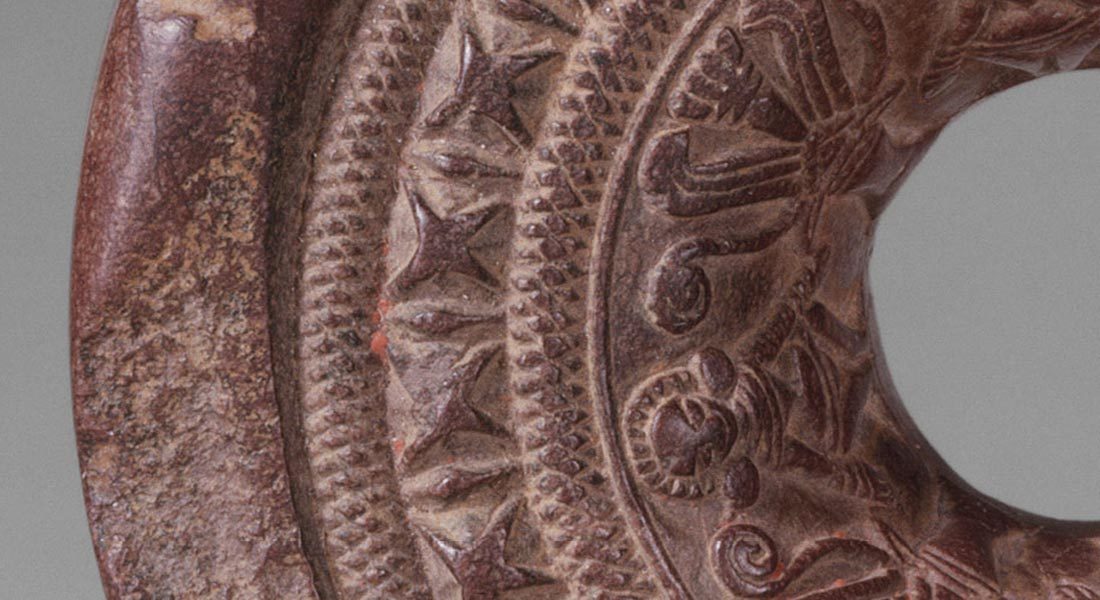Bihar being the land of Buddha, the stone craft of Bihar exhibits the Buddhist tradition including the Buddhist path of Middle Living. The stone images of Gaya reiterate the messages delivered by Lord Buddha.
The tradition of the stone craft of Bihar dates back to the ancient eras and it had reached its zenith during the Mauryan period as the dynasty was characterized by its craftsmanship. The Pattharkatti region of Atri in Gaya is one of the major centers of stone craft in Bihar. Other centers are located in Nalanda and Patna. The stone craft of Bihar demonstrates some huge statues of the great sage, Buddha that are basically found in the neighboring places of Gaya. Including these, various Stupas and monasteries stand as great examples of the excellent artistic quality of the artisans of Bihar. Among the most popular stone carvings, the Ashoka pillar at Sarnath is the beautiful piece that exhibits marvelous art of stone craft of Bihar. Black stone artisans of Gaya in Bihar are also well-acclaimed for their creation of the Vishnapad temple in black stone in Gaya.
UMSAS has recently initiated the process of development of Common Facility Centre at Pattharkati, Gaya.
The stone craft of Bihar follows the traditional technique of polishing which is practiced at Patharkatti in the Gaya district. The availability of a huge variety of stones with the accessibility of dexterous artisans has been the reasons of the development of the stone craft of Bihar. The state is abundant in supplying lustrous gray-green stones with black variety, blue-black pot stone and several other stones from which several artifacts are created by the artisans. These stones are used not only to create deities or religious figures but are used in creating household items such as thali, bowls, etc. The Gaya town of Bihar presents a huge variety when it comes to stone crafts like statues, images, pestle, stem handled drinking glasses, smoothly turned out coasters and large platters customarily used to serve offerings to deities at temples, the mortar kharal (medicine grinder) tableware, plates, tapering glasses, glass covers, etc.
The stone crafts of Bihar are also famous for architecture works of fountains and tables. Including these artifacts, the deft artisans of Bihar create numerous traditional Buddha figurines and excellently carved the images of Lord Ganesha.
The traditional craft of Bihar, the stone craft has gained its popularity in the entire country and in the whole world as well for the creative designs amalgamated with rich Buddhist tradition. The masterly creations of the artisans have attracted the fancy of the tourists and have promoted the tourism of India to some extent. The innovating ideas of the artisans with the changing trend and style of craftsmanship have been alleviating this craft.
—
Courtesy: UMSAS, Patna

